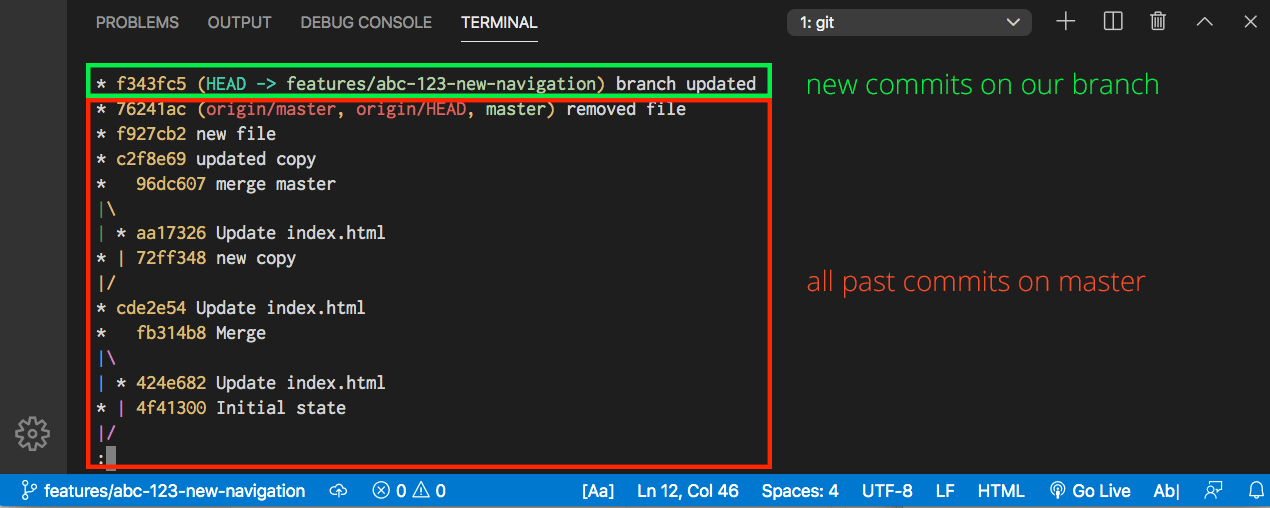

Options: GitGraph.js, Git up, Git Flow Chart, etc. It’s also easy to pick out what other pull requests were merged while the feature was still in progress. What I learned: Git branching diagrams aren’t a common use-case for these tools, so they didn’t tend to have build-in patterns or shapes designed for this. Note, that in Git a branch is just a named pointer to a. We can clearly see when the work on feature #20782 had begun, which commits it contained, and when it was merged into the main branch. These are just colors to make reading the revision graph easier. I haven't really even used all of Git Graph's features so if you check it out and find some. You can also access the graph as well as perform other operations from the command palette: Git Graph commands. Here’s how it looks when applied to the Swift repo. You access its graph view (git log) from the built-in git tab in VS Code: Accessing Git Graph from the Source Control/Git tab in VS Code. Collapse all branches using the context menu of the graph and expand the ones you’d like to keep. With Fork, you can collapse all merge commits and only display those you need right now. It is one of the largest GitHub repositories to date, with more than 100,000 commits and 32000 closed pull requests.Ĭould you tell which commits make up pull request #20782 from this screenshot?

This allows you to hide unnecessary commits, make sense of a messy contribution graph, and to only concentrate on the changes made in a certain branch.Ĭonsider a real-life example: the Swift language source repository. Both the testing and master branches remain (havent been deleted), and both have been pushed to their respective remote branches. (Both also accept -all, which will show all the branches instead of just the current one.) For branch names and a compact. Recent Fork updates have added the ability to expand and collapse merge commits in the commit graph by clicking on their tips or using ←/ → keyboard shortcuts.


 0 kommentar(er)
0 kommentar(er)
